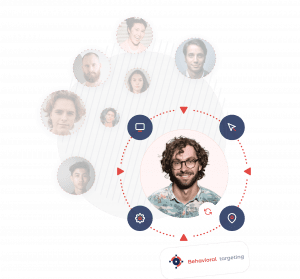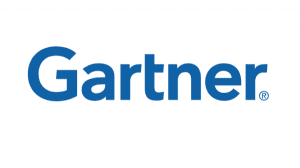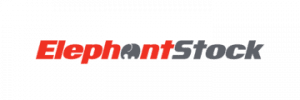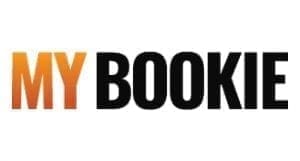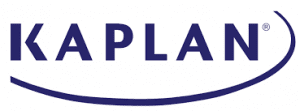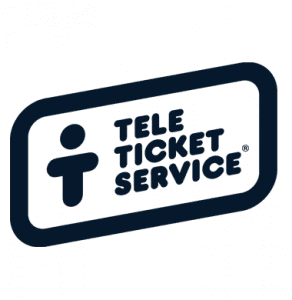Targeting for ecommerce personalization can be a powerful tool, allowing you to show the right messaging and offers to the right customer at the right time, for a highly optimized and tailored online shopping experience. Different customer segments have different needs and desires, and with ecommerce targeting, you can address them all, without cluttering up your site with irrelevant content.
For any ecommerce business, there are some targeting use cases that are almost always beneficial, we like to call these the easy wins or low hanging fruit of personalization. This blog post will explain a few of these easy wins for ecommerce targeting, and how they can fit into your personalization strategy.
Targeted Popup Promotions
Popups (or floating divs) are one of the most useful types of targeted content for ecommerce, because they allow you to show promotions that are specially suited to certain customer segments in a way that doesn’t disrupt their shopping experience, or in the case of exit popups, does disrupt their attempt to leave the site. Here are a few examples of types of popups that are especially useful in an ecommerce context.
- Targeted Exit Popups – these show just as your customer is trying to leave the site, and can be shown with a glass panel behind them, that really draws attention to the popup itself. They can also be targeted, showing a specific offer related to the individual customer based on their product interest, location, previous purchases, or many other variables.
- Targeted Popup on Text Copy – another popup trigger, in this case one that will display when the user copies text from a product page, which usually means they’re trying to go search for it elsewhere. In this case, you’ll probably want to show something like a countdown timer, urging them to check out in the next few minutes if they want 10% off, for instance.
- Targeted Expandable Popup Promotions – This type of targeted popup allows you to present a targeted offering as a small tab at the edge of the customer’s screen, which when clicked, will expand and show them the targeted promotion related to their interest.
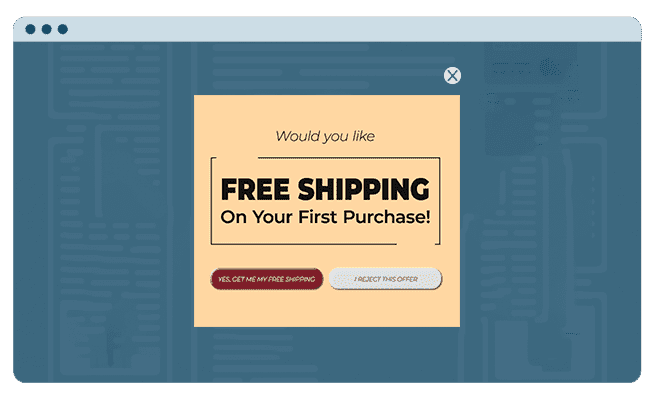
Geotargeting for Ecommerce
Location can be extremely important in ecommerce, depending on various factors. Here are a few of the ways that we’ve seen ecommerce stores using geotargeting with successful results.
- Proximity Promotions – If you know the customer’s location, then you can offer those who are nearest to your distribution centers a free shipping coupon, so that you only offer to waive shipping fees when they are relatively cheap anyway.
- Physical Store Promotions – If customers a customer is browsing clothing on your website, for instance, but are in the same city as one of your physical stores, you can send them an offer to come in and try it on, since they may not have been aware you had a store in their city.
- Weather Targeting – Knowing the location also means knowing the weather at the location, so if you own a car parts store, you can advertise windshield wipers when it’s raining, or snow tires when it’s snowing. If you run an online clothing store, you can always make sure that the clothes the user sees match their season.
- Location-Based Social Proof – Social proof is a powerful tool in ecommerce, and when combined with location, it can show the customer that others from their city have recently purchased certain products they see in their shopping journey, for instance.
- Localization – If your company serves a global market, you may want to implement various localization measures for customers based on where they’re browsing from. For instance, showing your store in their own native language.
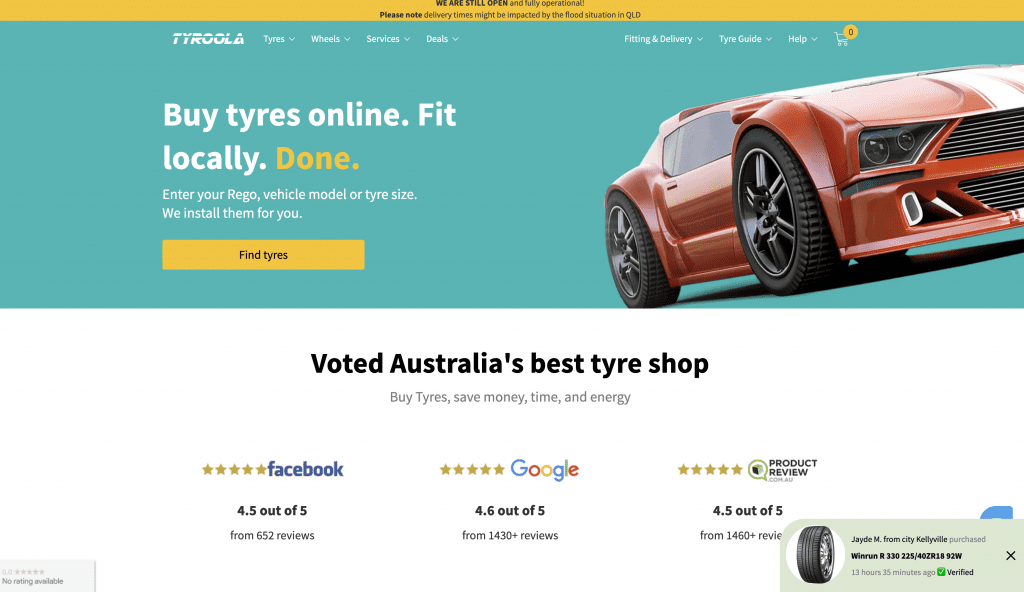
Product Interest Targeting
Product interest is something that Personyze is already tracking for recommendations, where it keeps a ranked set of interests for each user based on their interactions with the total product catalog. This data can also be used for targeting purposes, such as in these use cases.
- Primary Product Interest Homepage Header – At any given time, Personyze has a primary product category interest, whether this is based on product type, brand, or other factors. You can use this to show them what they’re most interested in the moment they land, by making the homepage header relate to their primary product interest.
- Custom Product Interest Discount Offers – You may want to make a special discount offer to customers under some circumstances, but with Personyze, you can take it a step further by making the discount messaging relate to their primary product category interest, such as in an exit popup to encourage them not to leave the site, but to finish their purchase with a discount.
- Primary Product Interest Banners – Even when a user is elsewhere on the site looking at different types of products, you can insert banners related to the most popular products within their highest interest categories in any page, anywhere in their shopping journey.
- Favorite Brand – Many customers are extremely loyal to certain brands, and when you are tracking brand interest for your customers, you can set campaigns to show them brand-related banners and other content when they have shown a tendency to purchase that brand heavily.
Demographic Targeting
In some cases, you may have the ability to know certain demographic characteristics of the customer, which is also relevant to your products. In such cases, Personyze allows you to target your store’s content to certain demographics.
- Gender or Age – This can be especially relevant in ecommerce verticals like clothing/fashion, outdoor equipment, or even automobiles. With targeting, you can create a very different website experience for customers based on gender or age.
- Economic – It’s possible to infer from your visitor’s previous purchases what type of “spender” they are, which is likely related to their economic status. Based on this, you can choose to show higher-end products to big spenders, and discounted products to those who you know will only go for the good deals.
Visitor Type
There are certain ways to cut your segments according to the type of visit they are, and often this is very useful for making your customer’s shopping experience more highly relevant.
- B2C vs. B2B – For many companies, they both sell their products retail, but also distribute it to other retailers. However you determine their status, once it’s known, you can create an entirely different experience for B2B vs. B2C customers, or even redirect them to different websites.
- New vs. Returning – There are many cases where you may want to show certain offers or content differently to those who are new to your store, and those who are returning. For instance, you can show previously viewed items on the homepage for returning visitors, but show most popular items for new visitors. If you want to incentivize new customers to follow through with their first purchase, you can show them a targeted discount that won’t be seen by returning customers.
- Frequent vs. Infrequent – Showing different content based on frequency of visits might make sense, for instance if someone isn’t a regular shopper with you, you may want to go to greater lengths to win their business, offering larger discounts.
Timing
Show content only within a certain date range or at certain times.
- Countdown to Product Release – If you want to promote a big product release or upcoming sale, show a countdown to build anticipation.
- Sale Countdown – Letting customers know that a sale is ending soon can be a great way to create a sense of urgency and convince them to check out soon.
Recommendation Algorithm Targeting
In this case, you may want to control which recommendation algorithms are seen by which users. For instance, homepage recommendations can be different for new vs. returning users, or distributors vs. retail customers. However you’re segmenting in each case, the key thing is that the algorithms which feed the recommendations on each page can be segmented so that each is appropriate for the segment the customer is a part of.
Conclusion
As you can see, there are many ways that targeting can be equally important to ecommerce as recommendations, although clearly both are vital. Although it can be used in many ways depending on the individual company and use case, the ability to show segments of your visitors certain content is invaluable, and with Personyze you have some of the most flexible and comprehensive targeting capabilities on the market.

